Boeing Starliner astronauts Butch Wilmore and Suni Williams have been on the International Space Station for weeks longer than expected. Their path home remains unclear.
Boeing’s Starliner spacecraft carried two astronauts to the International Space Station roughly two months ago for its first crewed test flight. Now, their return to Earth is about seven weeks overdue with no return flight yet scheduled.
The path home for Butch Wilmore and Suni Williams remains unclear, with NASA floating a few options on Wednesday at a press conference. One involves the pair returning on Starliner, while another would see the astronauts stay at the station for roughly seven more months and catch a ride home with SpaceX’s Crew-9 mission.
“We’re in a kind of a new situation here in that we’ve got multiple options,” NASA’s Ken Bowersox told reporters. “We don’t just have to bring a crew back on Starliner, for example. We could bring them back on another vehicle.”
What Went Wrong With Boeing’s Starliner?
The Boeing Starliner spacecraft successfully docked to the International Space Station on June 6, a day after launching, but several thrusters shut down during its approach, pushing the docking more than an hour behind schedule. The thrusters have since been tested with levels essentially returning to normal.
Additionally, five small helium system leaks were detected. NASA and Boeing officials are still reviewing the analysis and data from tests on Starliner.
Boeing said in a recent update that it “remains confident in the Starliner spacecraft and its ability to return safely with crew.”
“We continue to support NASA’s requests for additional testing, data, analysis and reviews to affirm the spacecraft’s safe undocking and landing capabilities,” Boeing said. “Our confidence is based on this abundance of valuable testing from Boeing and NASA. The testing has confirmed 27 of 28 RCS thrusters are healthy and back to full operational capability. Starliner’s propulsion system also maintains redundancy and the helium levels remain stable. The data also supports root cause assessments for the helium and thruster issues and flight rationale for Starliner and its crew’s return to Earth.”
Still, the problems are the latest embarrassment for Boeing and its Starliner spacecraft, which has been delayed and exceeded cost estimates.
NASA previously said that once the flight is complete, it would begin the “final process” of certifying Starliner for regular human spaceflight launches. It’s unclear how the latest developments will affect the process.
Bowersox said that “reasonable people” could make the case for either a return on the original spacecraft or hitching a ride back with SpaceX’s Crew-9 mission, but that officials are “getting more serious” about evaluating the options beyond Starliner.
“I don’t think we’re too far away from making that call,” Bowersox said. “We know that at some point we need to bring Butch and Suni home.”
SpaceX’s Crew-9 mission was originally supposed to launch in August for the ninth crew rotation mission with SpaceX to the space station under NASA’s Commercial Crew Program.
However, NASA announced Tuesday that it has delayed SpaceX’s Crew-9 launch to the space station to allow for “more time for mission managers to finalize return planning for the agency’s Boeing Crew Flight Test currently docked to the orbiting laboratory.”
“Starliner ground teams are taking their time to analyze the results of recent docked hot-fire testing, finalize flight rationale for the spacecraft’s integrated propulsion system, and confirm system reliability ahead of Starliner’s return to Earth,” NASA said in a post. “NASA and Boeing continue to evaluate the spacecraft’s readiness, and no decisions have been made regarding Starliner’s return.”
NASA and Boeing have pushed back on the narrative that the astronauts are “stranded” or “stuck” at the space station, expressing confidence in Starliner’s safety if it needs to bring the astronauts back in case of an emergency.
“I want to make it very clear that Butch and Suni are not stranded in space,” NASA’s Commercial Crew manager Steve Stich said at a press conference in June.
What Is NASA’s Contingency Plan to Bring the Astronauts Home?
If the astronauts don’t come home on Starliner, they would return to Earth on SpaceX’s Crew Dragon vehicle.
Just two astronauts would go up on the spacecraft to the ISS to leave room for Wilmore and Williams to catch a ride home with them in February 2025.
NASA officials emphasized that they have not yet activated the plan. In that situation, Starliner would fly back to Earth with no astronauts on board.
According to NASA, the crew is “not pressed for time to leave the station since there are plenty of supplies in orbit.”
Who are Butch Wilmore and Suni Williams?
Wilmore is serving as the commander of the Crew Flight Test mission aboard Boeing’s Starliner spacecraft. He is a veteran of two spaceflights and has accumulated more than 170 days in space. NASA selected him to be an astronaut in 2000.
Williams is the pilot of the Crew Flight Test mission in her third mission on the space station. NASA selected her as an astronaut in 1998. She has spent over 320 days in space.


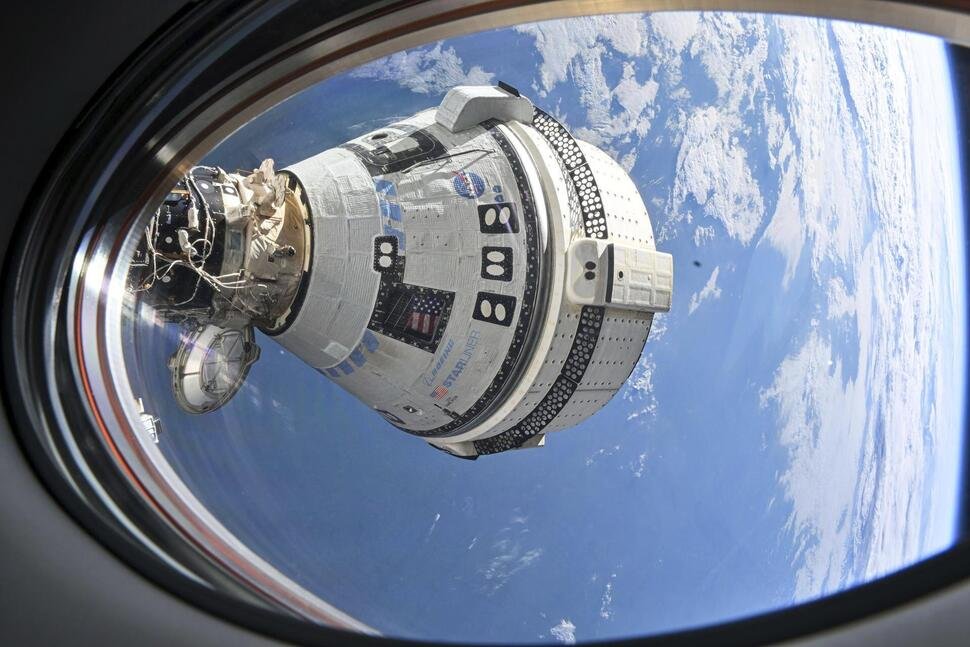
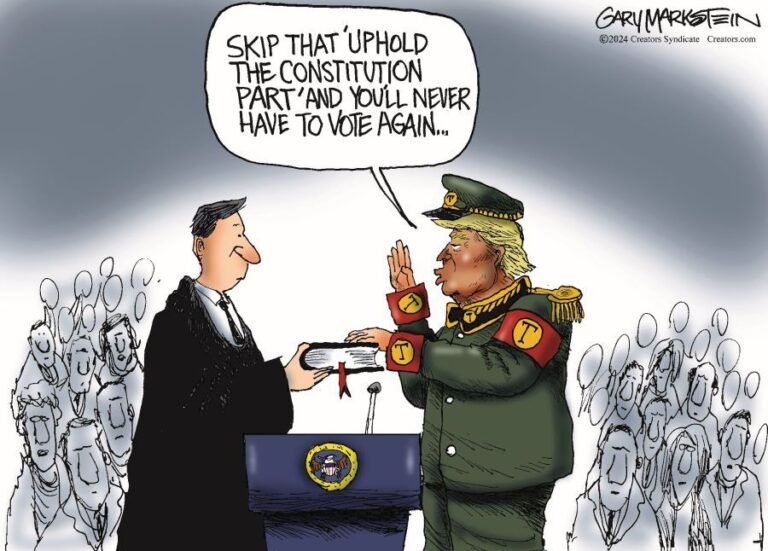
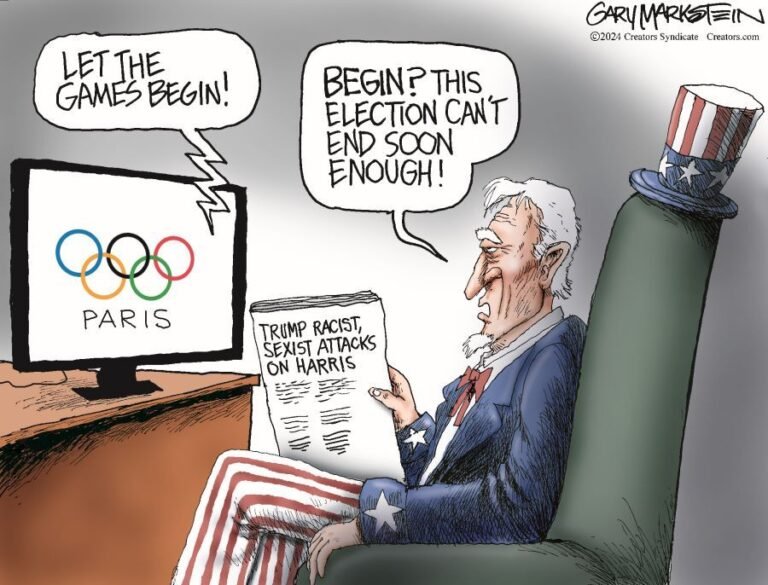
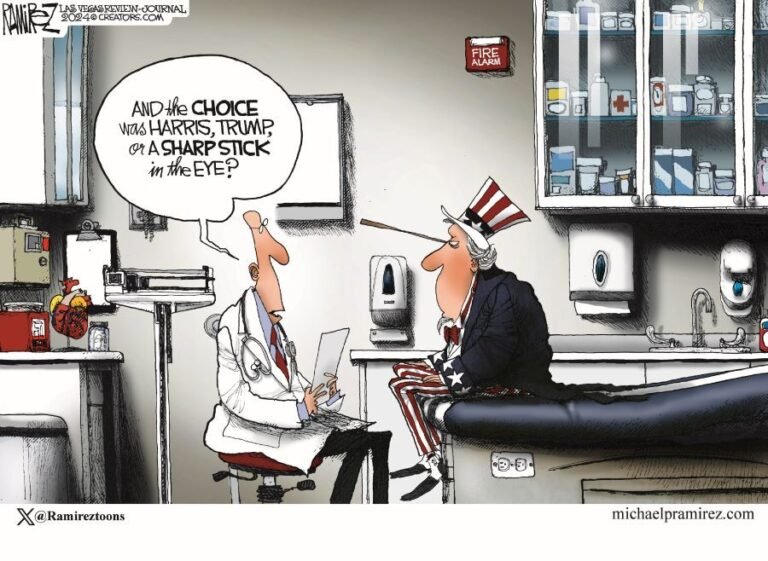
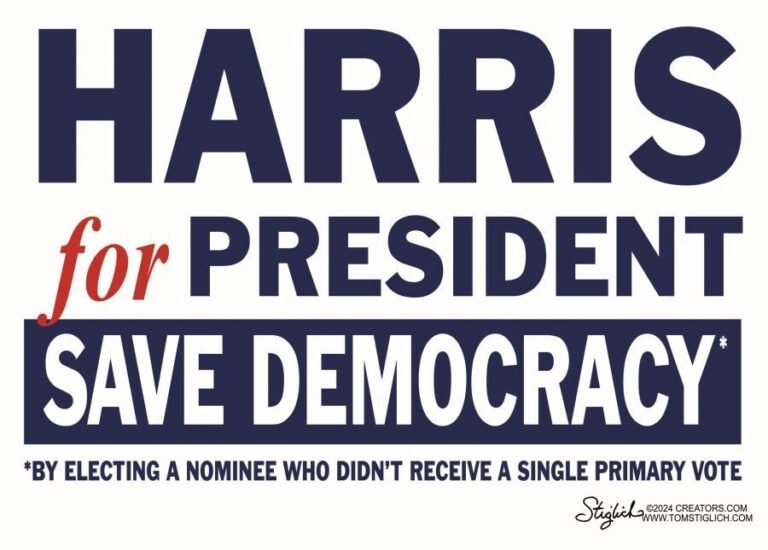
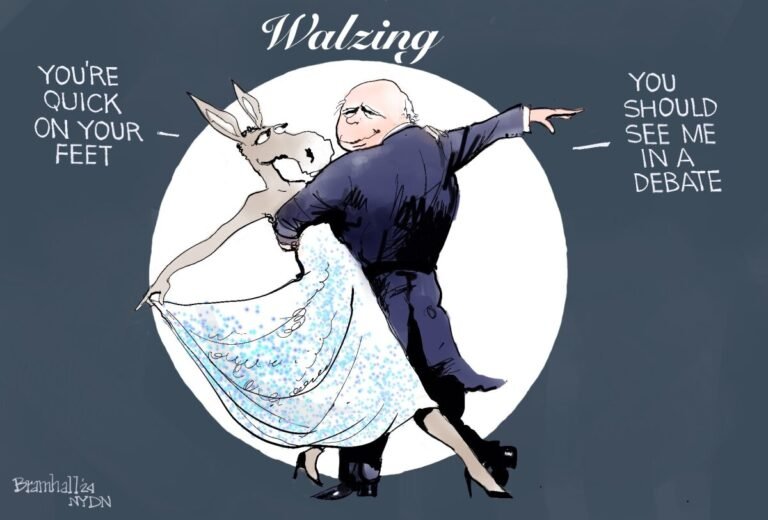
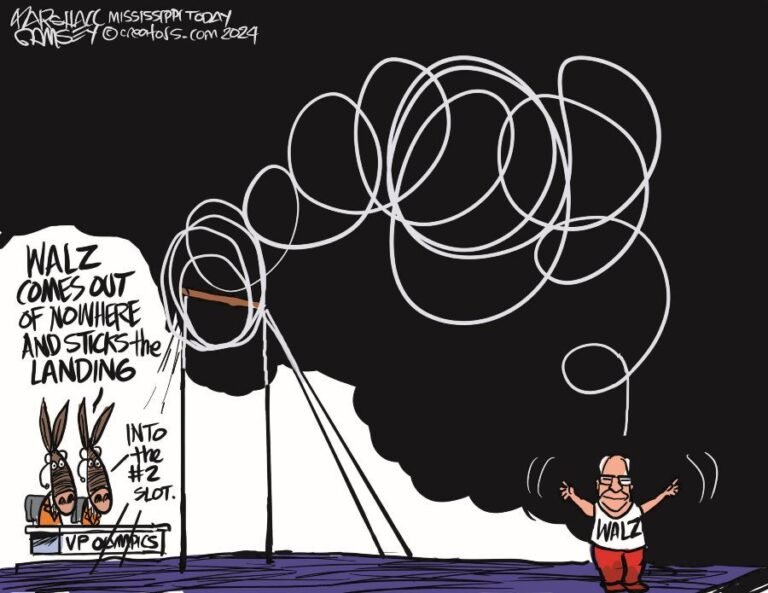

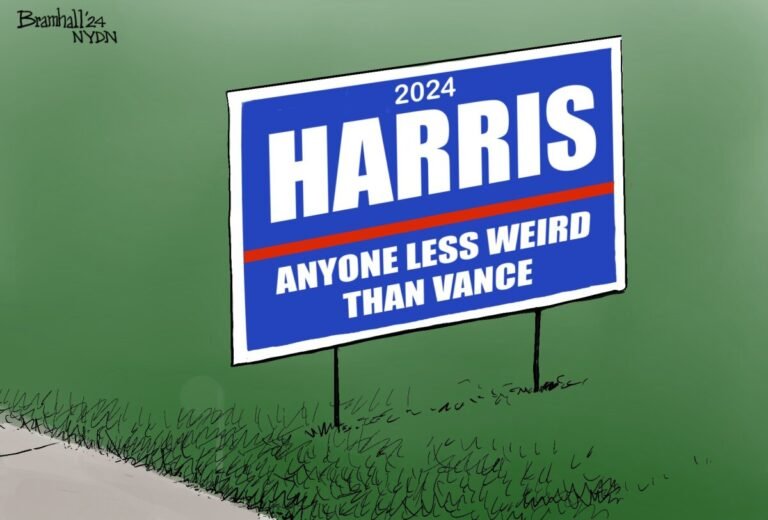
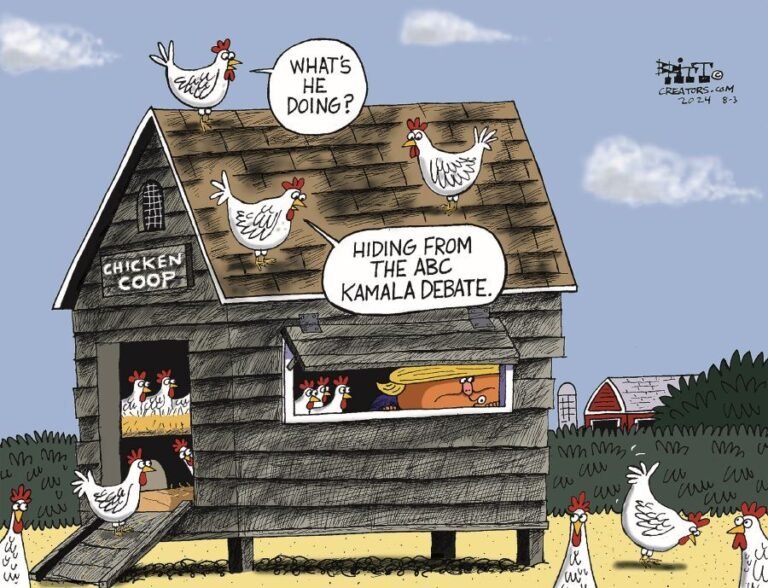
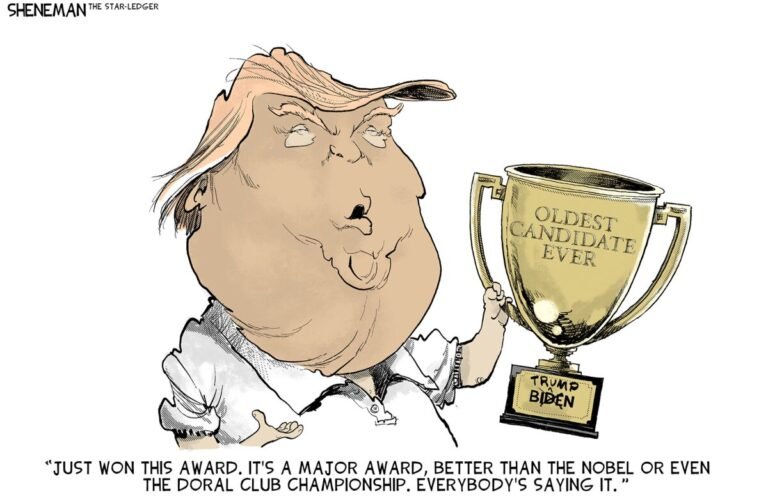
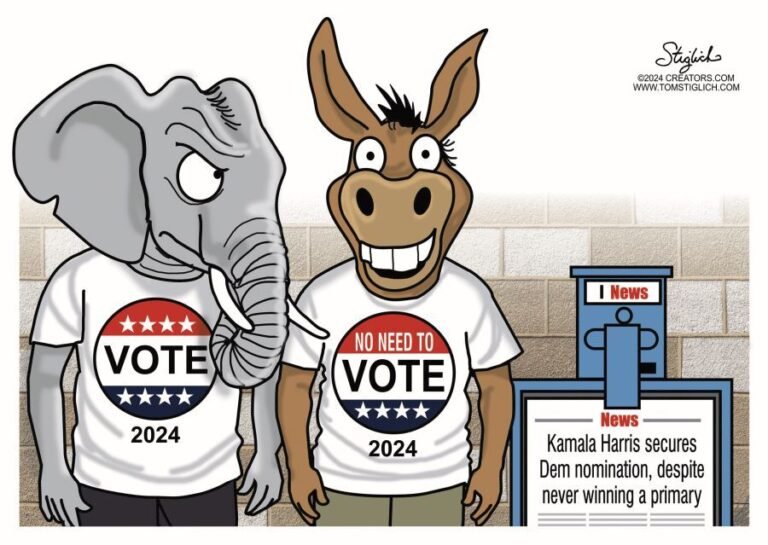





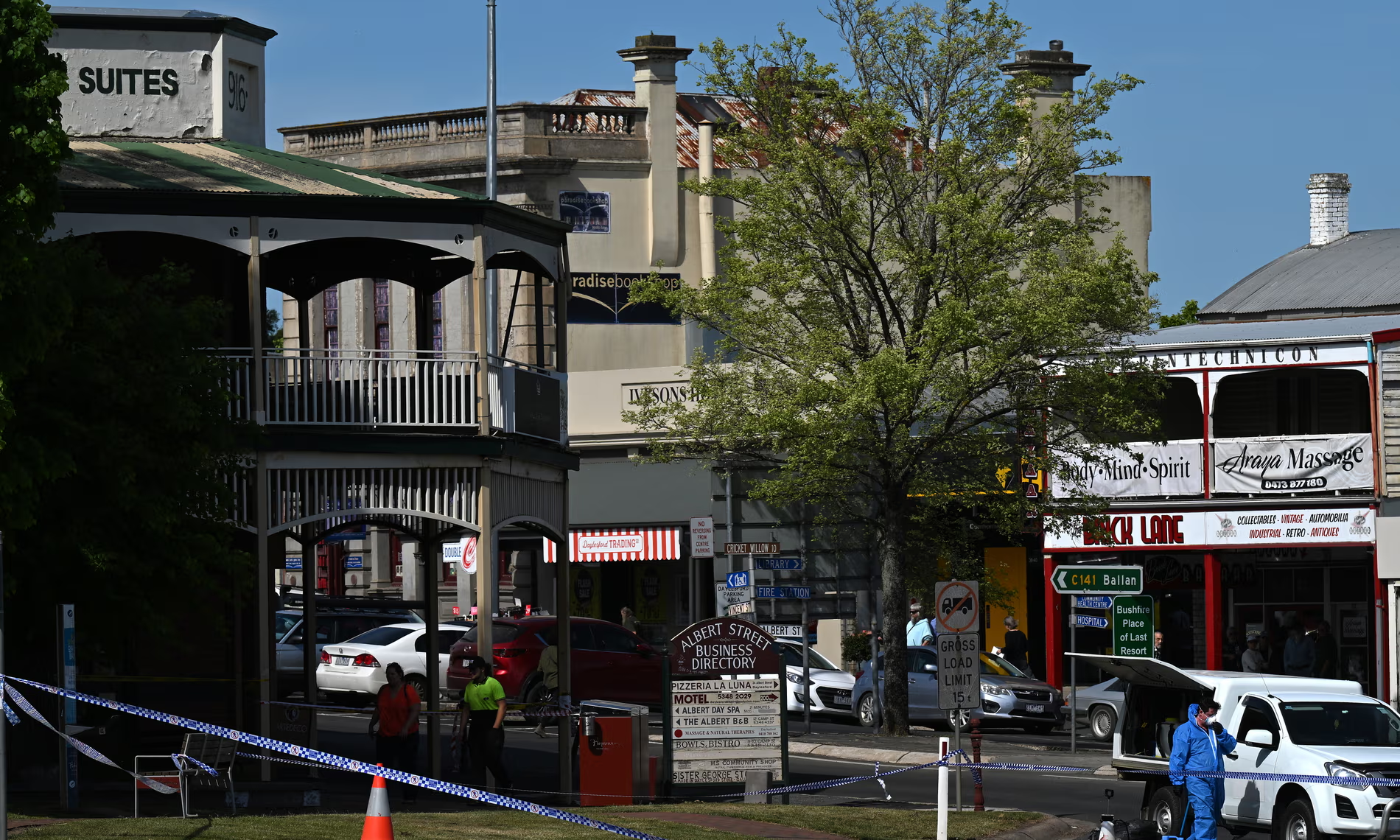

Leave a Reply